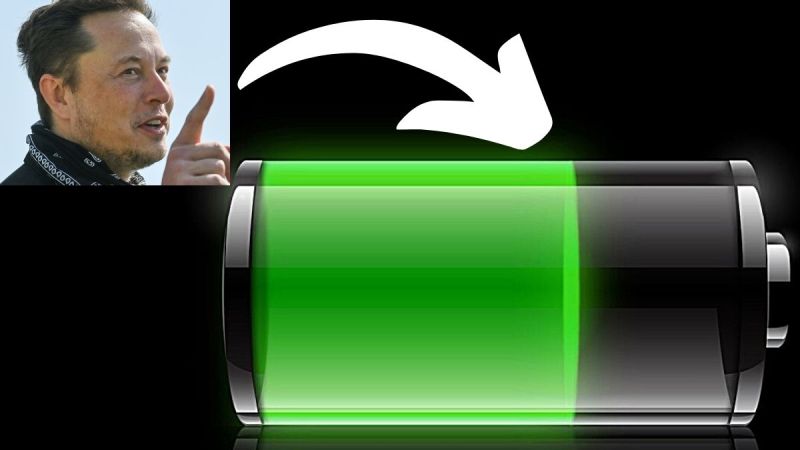The latest project has resulted in batteries capable of withstanding up to 6,000 charge and discharge cycles. How have they done it? The key to all this is in the elements that have been used when assembling these batteries: unlike lithium-ion batteries, the batteries that PNNL -Pacific Northwest National Laboratory- researchers have created are made of lithium metal.
This implies that they use an anode of lithium strips instead of using anodes with more lithium inside the batteries. By using lithium strips what is achieved is keeping alive the chemical reactions that take place inside the batteries. These lithium strips are miniscule in size, 20 microns thick, making them thinner than a human hair. These batteries have enormous advantages over classic lithium-ion batteries. They are much lighter, the useful life in load cycles is greater, and their production is cheaper. The latter could come in handy when it comes to producing lower-priced electric cars. This will certainly be a key advantage for Tesla, that has already made huge progress with the LFP (Lithium-Iron-Phosphate) batteries, already in production.
But at least at the moment it turns out these lithium-metal batteries are not perfect and need more development. The Battery 500 researchers have found that they deteriorate too quickly. This degradation affects its useful life, so despite enduring more load cycles, its longevity is lower. The main problem is that the new batteries fall prey to the appearance of dendrites, small rigid structures in the shape of a tree that grow inside the batteries. These formations consume the electrolyte, therefore reducing the service life and posing a problem for the safety of the batteries, because a short circuit can be generated.
The creation of lithium metal batteries is a breakthrough in the electric car race and heralds a very exciting future. But first the problems found within this technology have to be solved, and then implemented in vehicles in a safe and efficient way.
The Battery500 Consortium, which Tesla is partnering with along with IBM and the US Advance Battery Consortium (among others), is making good progress behind battery research. Its main purpose is to develop more and better batteries for electric cars. We will continue to see the progress they make in this area in the following months.
Reference: Battery Consortium 500.
Nico Caballero is the VP of Finance of Cogency Power, specializing in solar energy. He also holds a Diploma in Electric Cars from Delft University of Technology in the Netherlands, and enjoys doing research about Tesla and EV batteries. He can be reached at @NicoTorqueNews on Twitter. Nico covers Tesla and electric vehicle latest happenings at Torque News.













Comments
The byd blade battery already
Permalink
The byd blade battery already has 3000 recharge cycles. Retains 90% of its charge after 10 years and 1,000,000 miles. And won’t start on fire. My next electric suv will have a byd blade battery.
What? 600 cycles? It's too
Permalink
What? 600 cycles? It's too low man.
Typo error... thanks!
Permalink
In reply to What? 600 cycles? It's too by Jana (not verified)
Typo error... thanks!